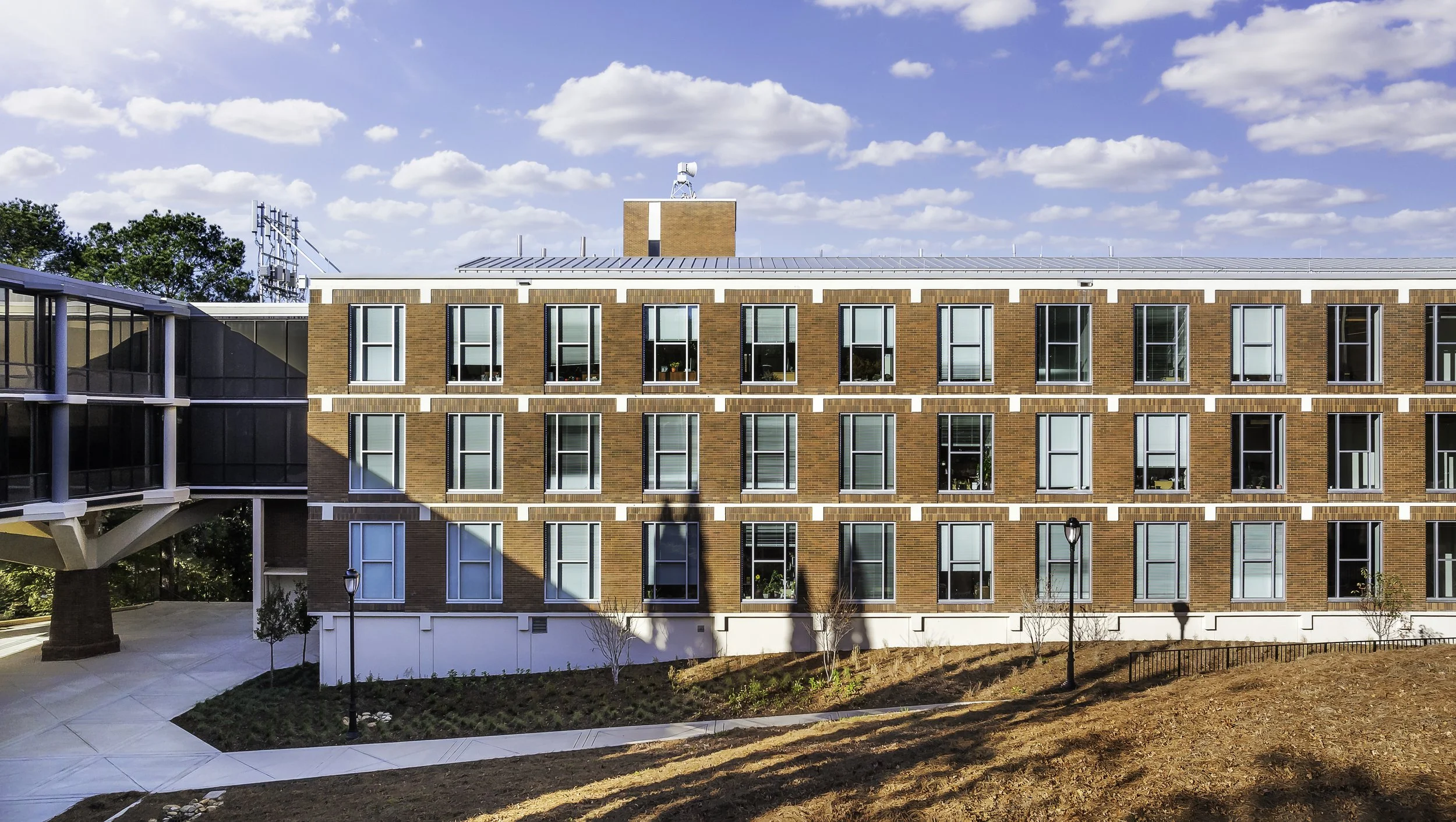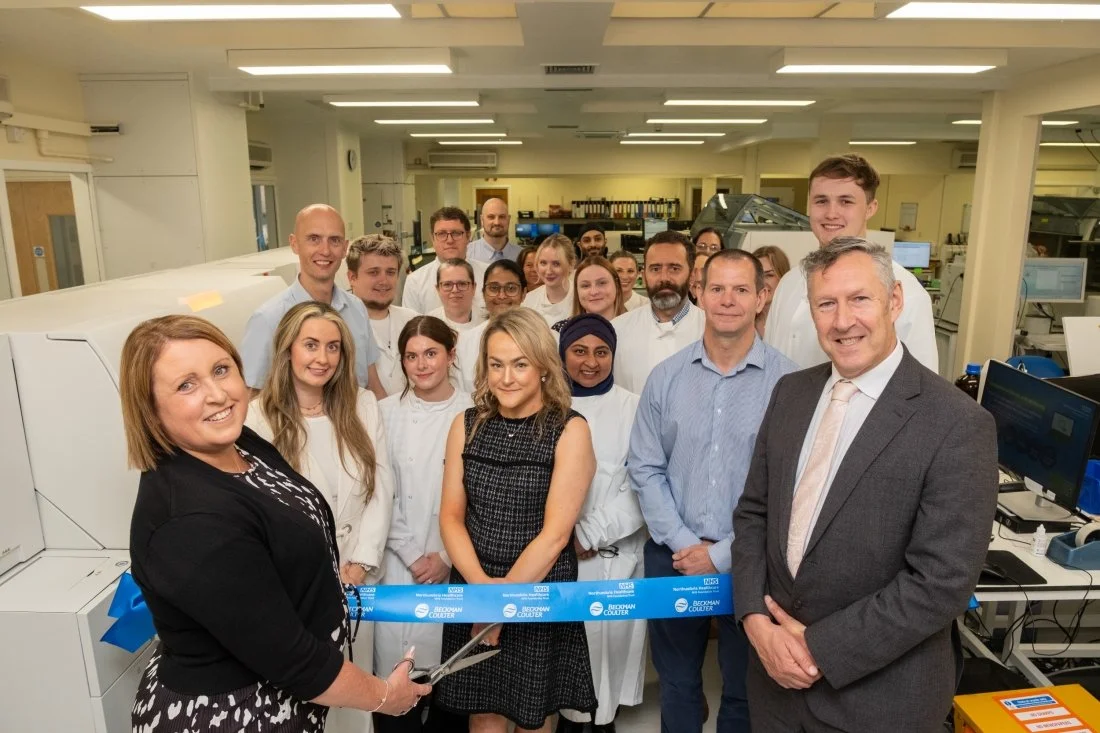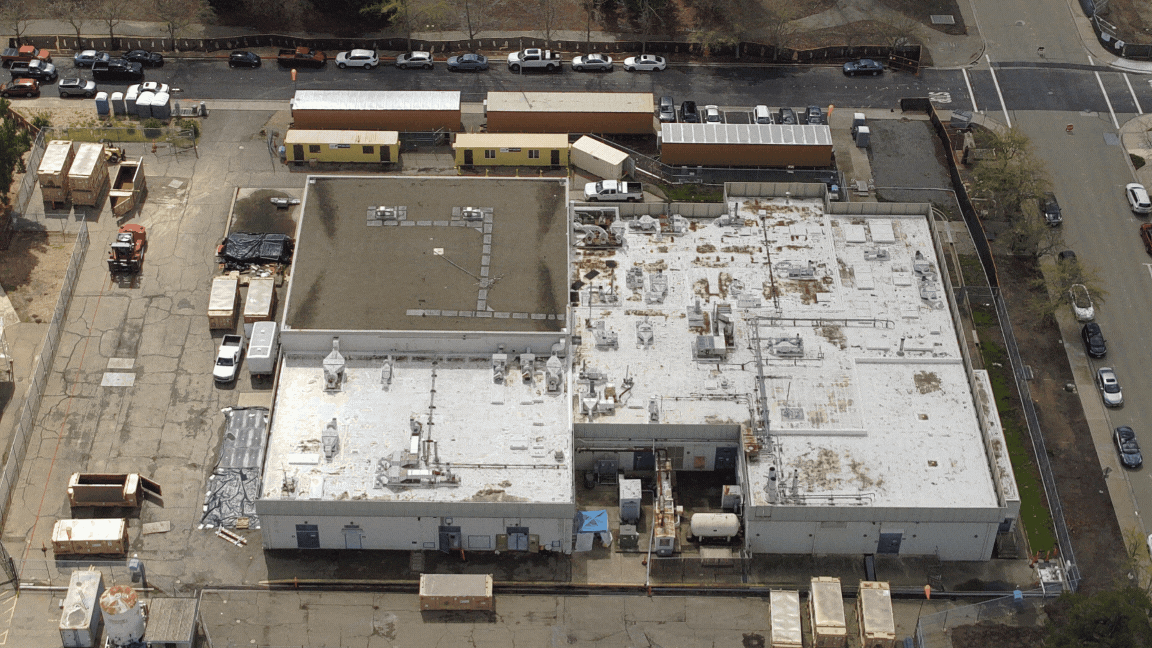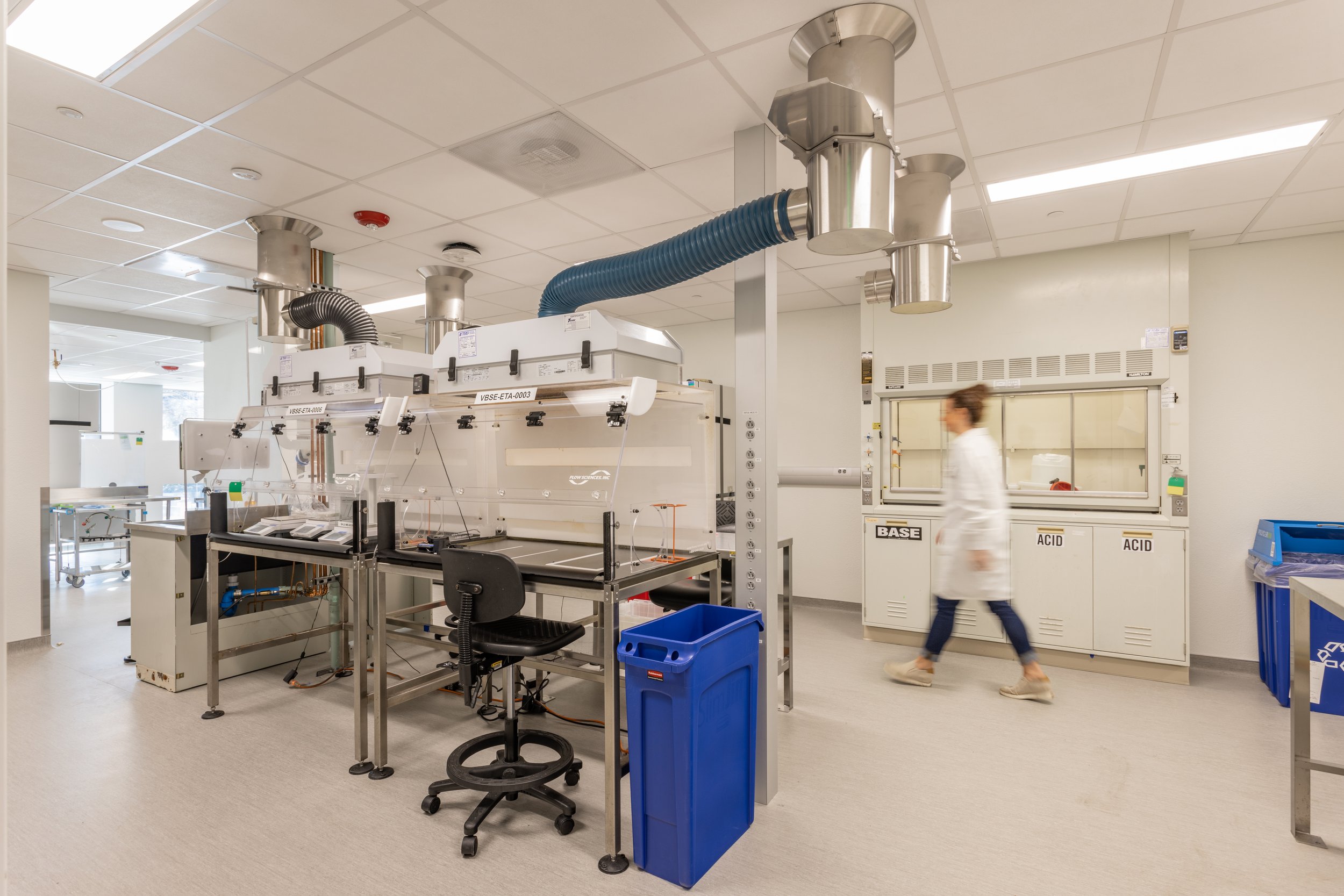[[bpstrwcotob]]

Modernizing a Mid-Century Lab for 21st Century Research
The renovation of the University of Georgia’s Cedar Street Building C demonstrates how aging research facilities can be transformed into modern, flexible, and sustainable lab environments while honoring their historic character

Webinar Preview: Sustainability Considerations in Small Laboratory Renovations and Refits
Join us for this webinar to learn how architects, lab planners, and lab managers can approach small laboratory renovations in ways that achieve meaningful sustainability goals without relying on third-party certifications, using a flexible, collaborative strategy

Refurbishing a Lab While Keeping Diagnostics Running
Key lessons from Northumbria Healthcare’s phased pathology lab refurbishment show how early stakeholder engagement, careful planning, and flexible operations can successfully transform a live clinical environment without disrupting vital services

Strategic Renovation: Updating a QC Lab to Meet Rising API Demands
A recent renovation of a quality control laboratory offers a useful case study in addressing common lab challenges—modernizing outdated infrastructure, improving workflow efficiency, supporting GMP compliance, and enabling future scalability—all while maintaining operations through phased construction and close collaboration with lab users

Transforming a Legacy: NIH Renovation Project Honored in 2025 Design Excellence Awards
The NIH has completed a transformative renovation of the E-Wing of Building 10, a 250,000-square-foot adaptive reuse project designed by Perkins&Will that modernizes the historic Clinical Center to support cutting-edge translational research, patient care, and biomedical education—an effort recognized in the 2025 Design Excellence Awards for Whole Building/Holistic Design—Renovated

Courtroom-to-Lab Conversion: Adaptive Reuse for Next-Gen STEM Education
UMBC transformed a historic courthouse into advanced classroom and lab space to support growing programs in computing, cybersecurity, and engineering while preserving and repurposing existing infrastructure

Department of National Defence Lab in Alberta Moves to Design Phase
The DRDC Suffield project aims to modernize outdated 1950s-era research facilities at CFB Suffield by constructing a state-of-the-art laboratory complex supporting chemical-biological-radiological-nuclear defense research, with construction expected to begin in Fall 2027 and completion projected for 2032

Lab Design Conference Speaker Profile: Dwayne Henry
At the 2025 Lab Design Conference in Denver, Dwayne Henry of Montgomery College will discuss communication strategies, challenges, and collaborative techniques from an end user's perspective throughout the lifespan of an academic science building project

Crews to Remove Building Slab After Demolishing Historic National Lab Facility
The US Department of Energy Office of Environmental Management is preparing to remove a building slab at Lawrence Livermore National Laboratory—the Heavy Elements Facility contributed to discovery of new chemical elements before ending operations in 1989

Optimizing Lab Spaces: Construction-Driven Strategies for Minimal Downtime and Maximum Efficiency
Construction-driven strategies such as prefabrication, modular design, and phased renovations will minimize downtime and enhance efficiency in lab upgrades, emphasizing the importance of early stakeholder engagement, infrastructure flexibility, and future-proofing to support evolving research needs
